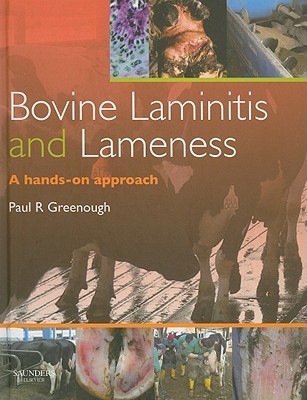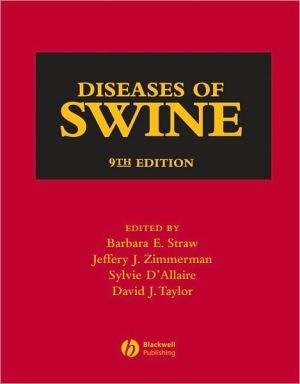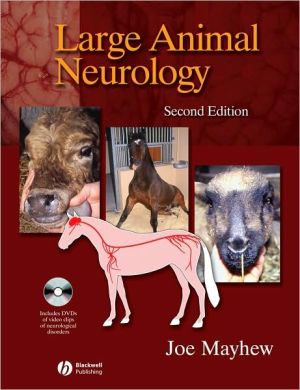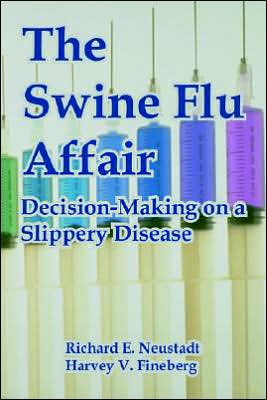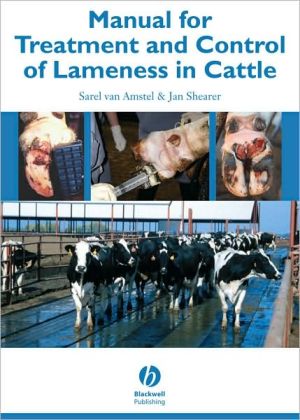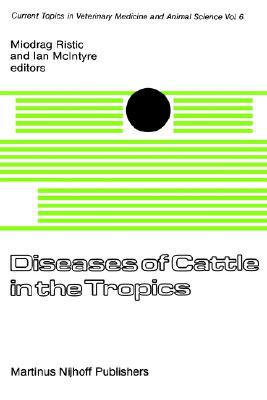Bovine Laminitis and Lameness: A Hands on Approach
This title is directed primarily towards health care professionals outside of the United States. Laminitis and lameness are the most significant diseases afflicting cattle. BOVINE LAMINITIS AND LAMENESS: A HANDS ON APPROACH PROVIDES veterinarians, researchers and cattle producers with an invaluable and handy resource for managing these problems. With a focus on investigation and control of lameness at the herd level, this book offers guidance on containing situations before they become severe...
Search in google:
This title is directed primarily towards health care professionals outside of the United States. Laminitis and lameness are the most significant diseases afflicting cattle. BOVINE LAMINITIS AND LAMENESS: A HANDS ON APPROACH PROVIDES veterinarians, researchers and cattle producers with an invaluable and handy resource for managing these problems. With a focus on investigation and control of lameness at the herd level, this book offers guidance on containing situations before they become severe problems within the herd. Based on the most recent research, it also explains how animal behaviour and inadequate production management play important roles in increasing prevalence of lameness and other metabolic diseases.• Written specifically for people who work with cattle, the book addresses the problem of lameness to help them advise on incidents of herd lameness • Includes detailed information on the anatomy of the foot as well as the pathology of the region and all conditions affecting the feet of cattle • Features research on the recent advances in livestock production technologies that have implications for causing lameness • Over 450 colour images are used to illustrate many disease-producing lesions and add clarity to many other topics • Accessible content with concise and comprehensive descriptions makes finding important information easy • Colour coded boxes in each chapter highlight vital information in 3 areas: Key Concepts, Technical Comments, and Glossary terms
Chapter 1 Introduction Chapter 2 Microstructure and Function of the Bovine Claw Chapter 3 Characteristics of Lameness Chapter 4 The Laminitis Syndrome Chapter 5 Nutritional Risk Factors Chapter 6 Cow Comfort, Behavior and Housing Chapter 7 Disorders of the Claw Capsule Associated with Laminitis Chapter 8 Pasture Managed Cattle Chapter 9 Water Chapter 10 Strategic Use of Micronutrient Supplements Chapter 11 Rearing Replacement Stock - Heifers Chapter 12 Genetic Selection and Conformation Chapter 13 The Downer Cow and Peripheral Neuropathies Chapter 14 Claw Trimming, Foot Baths, Restraint, Bandaging, Lifts and Shoes Chapter 15 Infectious Diseases and other Conditions Affecting the Interdigital Space Chapter 16 Other Conditions Affecting the Digital Region Chapter 17 Applied Anatomy and Simple Surgical Procedures Chapter 18 Disorders Affecting the Upper Limb Chapter 19 An Approach to Controlling Lameness in a Dairy Herd
\ From the PublisherThe sub-title on the cover of this book is ‘A hands-on approach ’ and this is, in fact, a very succinct review of this informative book! Written by veterinary experts from Canada, Sweden, Italy and Germany and with contributors from 14 countries this book is a comprehensive, but very readable, summary of all issues relating to bovine laminitis and lameness.\ The book follows a logical course by considering the bovine claw and the characteristics of lameness, before considering related topics such as nutrition, housing, water, micronutrients and genetics and conformation before going on to consider the diseases and their treatments. It concludes by considering the strategies for controlling lameness in the dairy herd. Unlike the text books of a few years ago this one is easy to read and has a plethora of great full colour pictures – in fact it looks as if some 40-50% of its pages are pictures!\ A book that is to be recommended to all cattle veterinarians and the owners/managers of large dairy units.\ - reviewed by Nigel Horrox, January 2008 issue of International Dairy Topics\ \
